
Review on 🔧 Complete Arduino Uno Starter Kit with LCD Module - Includes Comprehensive 72 Page Instruction Book by Carlos Massey

Great starter kit but can improve learning
For each of the 12 schematics showing you how to builds, the brochure contains:* A formal schematic * List of parts used * 3D and 2D schematics showing the completed breadboard/Arduino * Table of components used (e.g. 330 ohm resistor) and layout of the to using breadboard * Brief discussion of the C code used in the IDE * Expected results * Brief section of debugging guidance * A very brief example of a real application We rarely see in a brochure: * Thorough training on electronics, debugging, etc. * Instructions on meaning of the circuit diagram. * Instructions on WHY to use these components. Why is a resistor needed? Why exactly 10 kOhm and not 330 Ohm? If you need a transistor or a capacitor (there are no capacitors in the kit). Note: There is some discussion about pull-up resistors. * Diagram showing how current flows through the breadboard (be sure to read the "How it all connects" section on the Breadboard page - and WHY there isn't one). page numbers?) So if you make a mistake in the diagram, you may have trouble correcting it. If you want to create a new circuit yourself, you probably don't have the knowledge to do it. To be honest there are some lessons learned in the *.ino code provided for each scheme. Not everything is in the prospectus. So you really want to read the C code and comments. There are no quiz questions, no code to fill out or anything like that. It's basically all taken care of for you. There could be a much better explanation of what resistors, transistors, capacitors, diodes, etc. do. If you somehow learn how to make your own circuits, you have them or on YouTube or somewhere else. It includes a "Made in the USA" Arduino (genuine, not cloned, derived or fake I believe) that supports the Arduino communities. It includes a parts list for the entire kit at the beginning of the brochure, so ignore the reviewer who said it's missing. A few sensors that would have been great weren't: * Motion * Humidity * Air Quality You can of course buy them cheap elsewhere and use them with this kit. English is consistently good. 12 schemes: 1. Blinky-like LED blinking.2. Potentiometer (use the dial to change the brightness of the LED) 3. RGB LED4. Multiple LEDs 5. Buttons6. Photoresistor (e.g. to control a night light that gets brighter when it gets dark)7. Temperature sensor (this is not a very accurate sensor) 8. Single servo (which you would use for example to grab objects with robotic arms)9. Summer10. Motor rotation ** Note: Apparently I have a bad motor. My scheme is fully consistent with the book. Tried other parts (diode, 330 ohm resistor, transistor, even wires). The code is loading. I entered various engine RPMs into the serial monitor, which the booklet never mentions as necessary. The engine only hums penetratingly. **eleven. Relay (to switch on and off) 12. Shift register
- The all-in-one Arduino Uno kit to get you started on hundreds of Arduino projects
- Something different
New products
Comments (0)
Top products in 🖥️. Single Board Computers
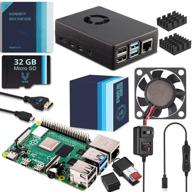
Vilros Raspberry Pi 4 4GB Complete Starter Kit - Black Fan-Cooled Aluminum Case for Heavy-Duty Performance

12 Review
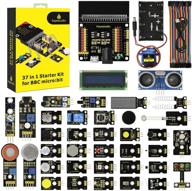
🎁 Ultimate BBC Micro bit Sensor Starter Kit: Keyestudio 37-in-1 Box with Tutorial, Compatible with V1.5 & V2, Gift for Kids and Adults (Microbit Board Not Included)

11 Review

55" TV LG OLED55C2RLA 2022 HDR, OLED, dark titanium

38 Review

LAFVIN Super Starter Kit for Arduino R3 Mega2560 Mega328 Nano with Detailed Tutorial - Compatible with Arduino IDE

11 Review
Another interesting products
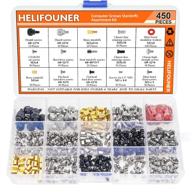
🖥️ Helifouner 450-Piece Computer Standoffs Spacer Screws Kit: Ideal for Hard Drive, Motherboard, Fan, Power Graphics & Computer Cases

10 Review

🔧 Premium Repair Replacement Screws & Tools for MacBook Pro Retina 15"/13" - Complete Bottom Case Set

10 Review
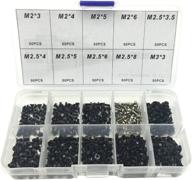
Comprehensive 500pcs Laptop Screw Kit Set for 🔩 IBM HP Dell Lenovo Samsung Sony Toshiba Gateway Acer

12 Review
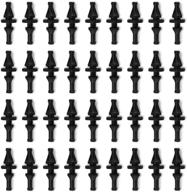
36-Pack Black Rubber PC CPU/Case Fan Screws/Rivets Set for Computer

11 Review

